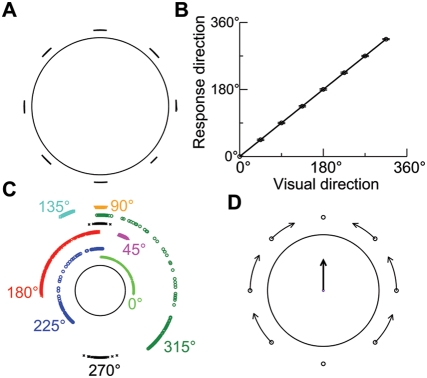Figure 7. Effect of microstimulation on direction judgments.
(A–B) Direction estimates (θ E) in the presence of motion stimulus alone. (A) The distribution of direction estimates on a ring for eight stimulus directions spanning 360° at 45° intervals. (B) The mean direction estimate versus the stimulus direction. The unity slope diagonal represents perfect identification performance on the task. Error bars indicate SD. (C,D) Direction estimates in the presence of both the motion stimulus and microstimulation. (C) The distribution of direction estimates on a ring for eight motion stimuli. Points are staggered radially for visualization purposes. (D) The shift of the mean direction estimate away from the stimulus direction (represented by open circle) due to the microstimulation of MT. The lines and arrows show the amplitude and direction of the shift in the mean direction estimate caused by microstimulation. The black arrow in the center denotes the overall effect of microstimulation on direction estimates, which is also the microstimulated direction.

